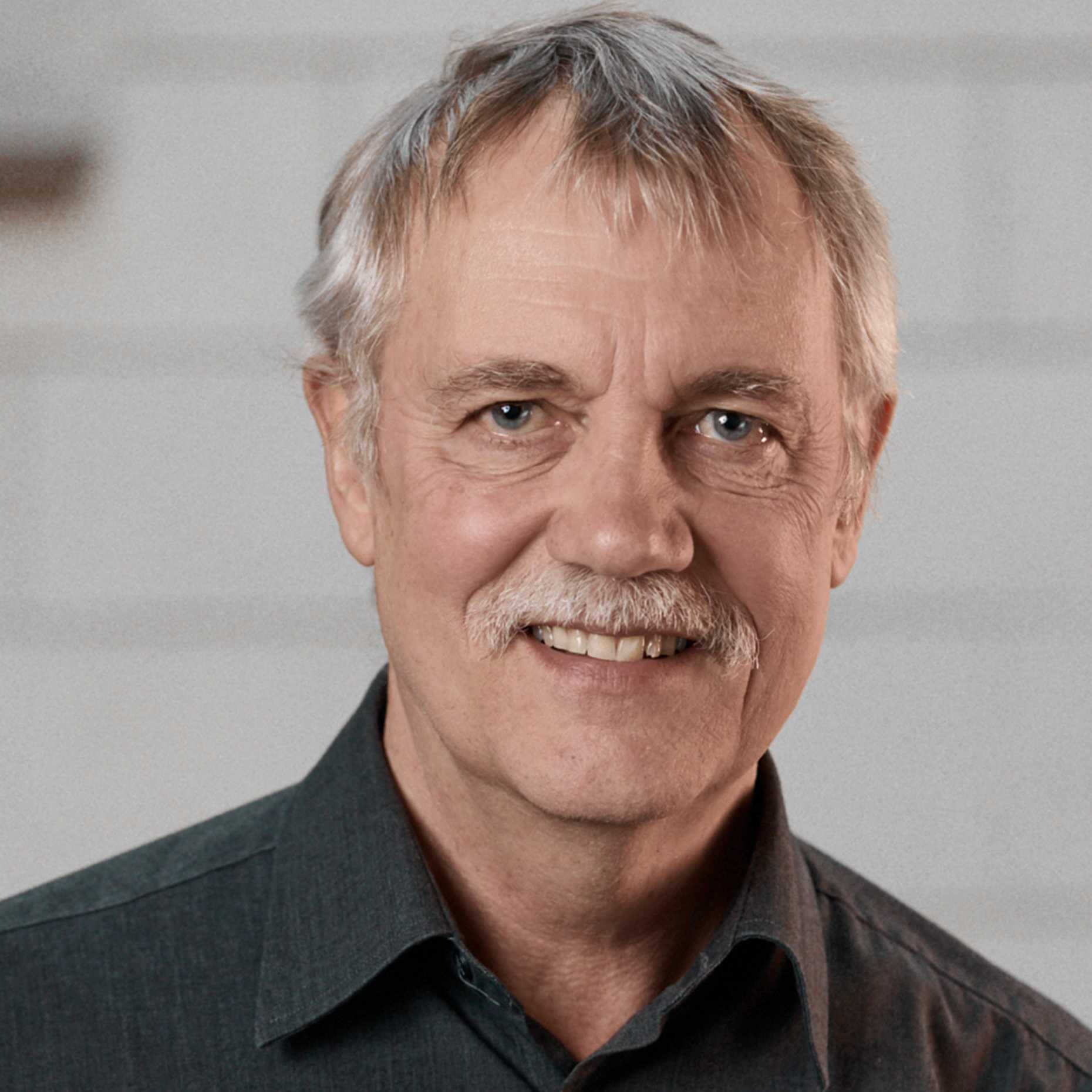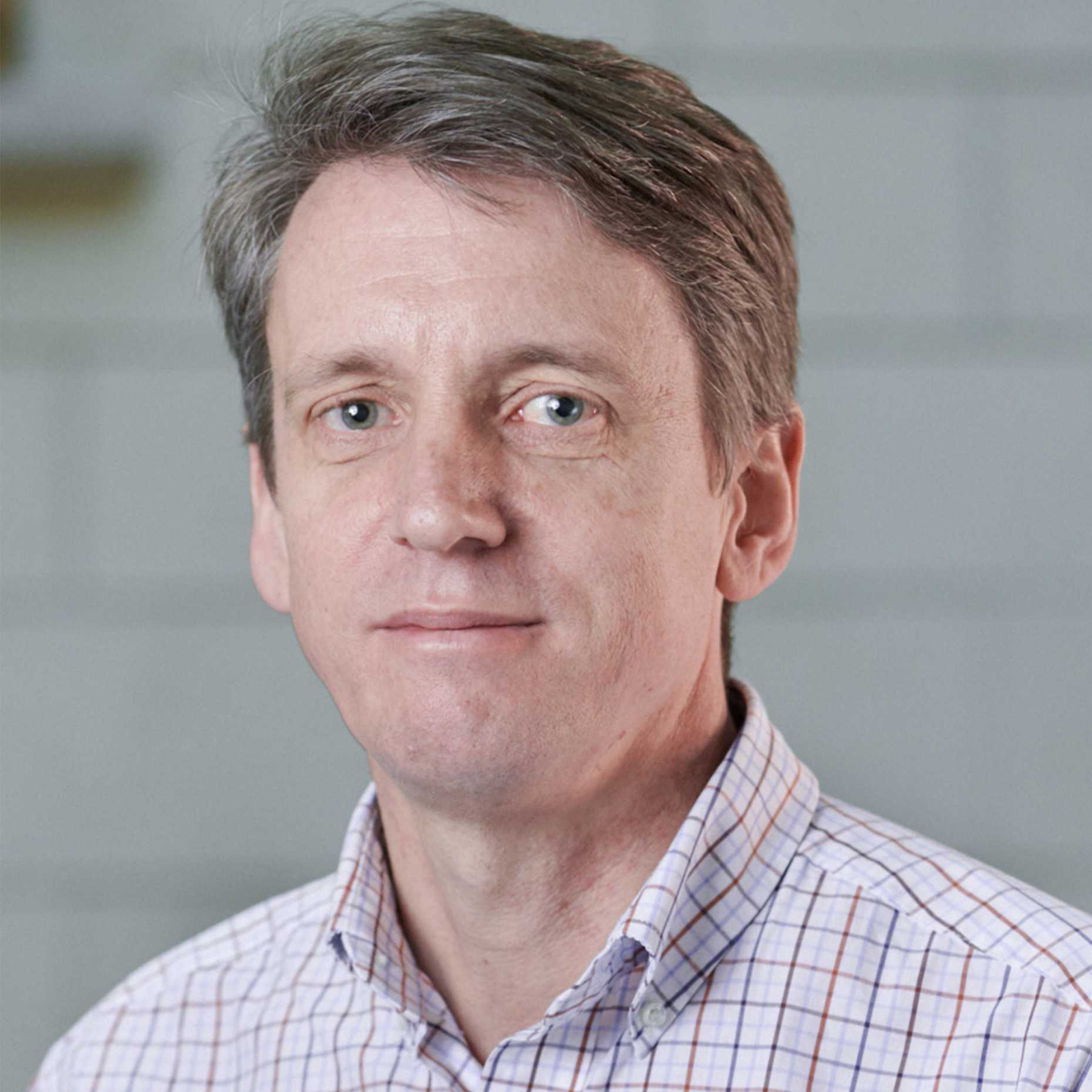“Our goal is now to get closer to the patient”
This Friday, two major national initiatives for personalised medicine are launched: Personalized Health Network (SPHN) and Personalized Health and Related Technologies (PHRT). Proteomics pioneer Rudolf Aebersold, metabolism researcher Markus Stoffel and ETH Vice President Detlef Günther discuss the future developments in this field.
ETH News: Personalised medicine has become a hot topic for researchers, holding out the hope of new drugs and treatment strategies that are tailored more closely to an individual’s genetic make-up. Why does the topic of data come up so frequently in discussions about personalised medicine?
Markus Stoffel: The progress we’ve seen in personalised medicine is, in part, due to advances in data-driven technologies and analysis methods. Doctors have always wanted to offer their patients the best treatment to suit their specific case. These kinds of methods enable them to do that with much greater precision than they could before.
Rudolf Aebersold: I think it’s important to add, however, that you need far more than just data for personalised medicine. The moment that data becomes really useful is when it leads to a better understanding of disease mechanisms and helps doctors to offer more targeted forms of treatment.
Detlef Günther: Our goal is to find an effective way of characterising complex biological processes. That obviously leads us to generate huge amounts of data, the kind of quantity that no individual researcher or doctor could possibly gather on their own. That’s why we need to do two things: improve the methods we use to process data, and enhance our understanding of the underlying processes – and we need to do that for as many pathologies as possible. That’s simply not possible within the confines of the lab, so we have to get closer to patients.
What specific benefits can I expect as a patient?
Aebersold: One example is how we’re hoping to use molecular and phenotypic analyses of patients to make more accurate predictions of who will respond well to certain treatments and who probably won’t. Oncologists are already using those kind of methods, and we hope that in the long term they will lead to new diagnostic and treatment strategies. We’re already at the stage where we can gather lots of data from the genome and from the interactions between cellular molecules, but often it’s tough to say exactly what the clinical effects will be in any one particular case. For example, current methods provide statistical calculations of the risk factors for certain diseases which, in many cases, are of limited use.
Of course, some people might find that kind of information extremely uncomfortable ...
Stoffel: That’s why it’s so important to involve patients in these decisions. If you’re using genetic testing to determine whether somebody is predisposed to developing a disease, then the patients need to ask themselves whether they actually want that information in the first place. What makes it even harder is the fact that we can determine people’s risk of developing diseases for which we currently have no treatment. It’s a real dilemma for both patients and doctors. There’s also the question of how health insurers might use that kind of information. These are very challenging questions that you simply can’t answer a priori.
So why should I go to the trouble of providing my data at all?
Günther: The more data we generate and the more knowledge we link up, the quicker we will find ways to cure more diseases. Plus, you have to remember that we’re not just talking about data from patients, because data from healthy people is also tremendously useful. It would be marvellous if we could collect and monitor that kind of data over a long period of time to find out how the determinants of health and illness evolve over the course of a lifetime. Unfortunately, Switzerland has fallen behind other countries when it comes to acknowledging how important this kind of data is today, and what rights and obligations are involved in handling it.
What data is already available for personalised medicine?
Aebersold: Most of the high-quality molecular data that is currently available in large quantities is genomic data. But we still don’t have a theoretical model that can accurately predict how a genetic modification will affect the physiology of a cell or a human being. It’s very challenging to develop those kinds of models on the basis of the available data.
Stoffel: Globally, there’s certainly a lot of data available. We’re now at a stage where we can point to 5,000 diseases that are caused by individual genes. But this consolidated data simply isn’t sufficient to enable researchers to test out their own hypotheses in clinical studies. That would require access to data from individual patients within a geographical area – and that’s a situation where sensitive issues of data sharing, data protection, and links between hospitals and research institutions become extremely important. Switzerland is currently laying the foundations for dealing with these issues.
You’ve previously talked about two major initiatives in which ETH is involved.
Günther: The Swiss Personalized Health Network (SPHN) initiative and the Personalized Health and Related Technologies (PHRT) initiative aim to foster collaboration between all the various medical research institutions and facilitate the exchange of data. For example, one of the goals is to get Swiss hospitals and clinics to define a minimum amount of data that they will agree to enter in a standardised format for certain pathologies. In turn, we will be able to correlate the data from all the different hospitals. The idea is to make this information available in electronic dossiers, so we can link it to other data such as genomics and proteomics databases. To get some initial data moving into research projects as quickly as possible, we have defined stimulus projects for certain pathologies.
What areas do those projects focus on?
Aebersold: One of the most suitable areas for this approach is oncology, and that’s an area where we’ve seen huge efforts to collect genomic and clinical data over a number of years. If you want to know how patients respond to therapeutic approaches, clinical data provides useful insights.
What’s your experience with the two initiatives so far?
Aebersold: In areas where the main sticking points are technical in nature, we can make relatively swift progress. Clinical data is tougher, because you’re dealing with fundamental issues about the ethics and content of what you collect. For example, how do you design the form that patients complete to consent to the use of their data? In some hospitals, those forms specify that coincidental findings – say, the chance discovery that the patient is at risk of developing other diseases – “must” be communicated to the patient, while other hospitals say “may”. Which approach is best practice? Resolving those kinds of issues requires in-depth discussions with the various authorities and stakeholders.
Günther: And there’s another problem: what happens if a hospital shares its data and some of it is leaked? When it comes to issues like that, we try to choose the most secure path we can, even though it inevitably isn’t the fastest.
How sensible is it to tackle a project like this on a national level?
Stoffel: That question is particularly pertinent to Switzerland. It doesn’t make sense to restrict research in some diseases to a national level, because you wouldn’t have access to enough patients. Consider, for example, the wide array of rare diseases that can be investigated only on an international level. So, in a country as small as Switzerland, it’s even more important to ensure that data doesn’t remain fragmented.
Günther: Quite a few countries have an edge over us. In the UK, for example, they are currently carrying out a major population study which involves collecting data from half a million people on a prospective basis – that is, without any concrete suspicion that they are suffering from an illness.
Aebersold: The question is how a relatively small country can organise itself in a way that gets it included in international associations and collaborative efforts as a serious and valued partner. Can we really just sit back and wait while the UK gathers all that population data? If you don’t have anything to contribute, you always end up stuck in the second tier. That’s a painful feeling that Swiss researchers will remember from the time when Switzerland stayed on the margins of the project to decipher the human genome. The aim of our initiatives is therefore to form a strong community in Switzerland that can play a part in the international network.
Can the research community really achieve that working alone? Don’t key decisions have to be taken in collaboration with hospitals and society as a whole?
Günther: Absolutely. Those kinds of issues are central to the initiatives. But this process takes time. It’s already taken us a long time just to agree on what we’re discussing and what we actually want. It’s also a matter of what role each individual partner should take in this interdisciplinary field, and that’s where we really need to change our way of thinking. If we don’t acknowledge in good time that it’s not about individual disciplines vying for position, but rather about how we work together synergistically as part of a larger system, then it’s just not going to work. My experience shows that it’s still hard to persuade institutions to relax their pursuit of their own individual interests enough to make room for a shared goal.
Does that also apply to medical training?
Günther: It does, because if more and more diagnoses are being generated by computers, then we need to train doctors to understand how those diagnoses are made and what they can derive from them. I’m confident that we’ll also see some big changes in how pharmacists and biologists are trained to help them make the best use of the opportunities offered by information technology. As a technical university, we can obviously make a major contribution in this area.
Stoffel: To give just one example: medical students that do their courses at ETH learn far more about genetics and statistics than students who follow conventional medical degrees. We also introduce them to modern technologies such as imaging methods earlier on and in greater depth. For example, when they dissect cadavers on the anatomy course, they also do CT scans of the various parts of the body. That makes it easier for students to compare how things look in real life and through an imaging system.
What do you see as the most important issues for the future?
Aebersold: I hope that the current initiatives prompt a cultural shift that leads to better networking and interdisciplinary cooperation.
Günther: I would like to see hospitals incorporate as quickly as possible the methods that we’re developing. Getting closer to patients is a huge motivation for us.
Stoffel: The greatest success stories of personalised medicine have so far played out in the realm of rare diseases and, to some extent, in oncology. Many of them can be traced back to innovative researchers who dared to develop their solutions in small companies. Innovations stem from universities; I hope policymakers recognise that and continue to support us along this journey.
Initiatives
Two major initiatives have been launched to further reinforce and coordinate Swiss research in the field of personalised medicine:
The external pageSwiss Personalized Health Network (SPHN)call_made is a national initiative that aims to lay the foundations for sharing health data between universities and hospitals.
Personalized Health and Related Technologies (PHRT) is an ETH Domain initiative led by ETH Zurich. It focuses on technologies for personalised medicine as well as the development of large and highly specialised research infrastructures in the field of translational medical research.



